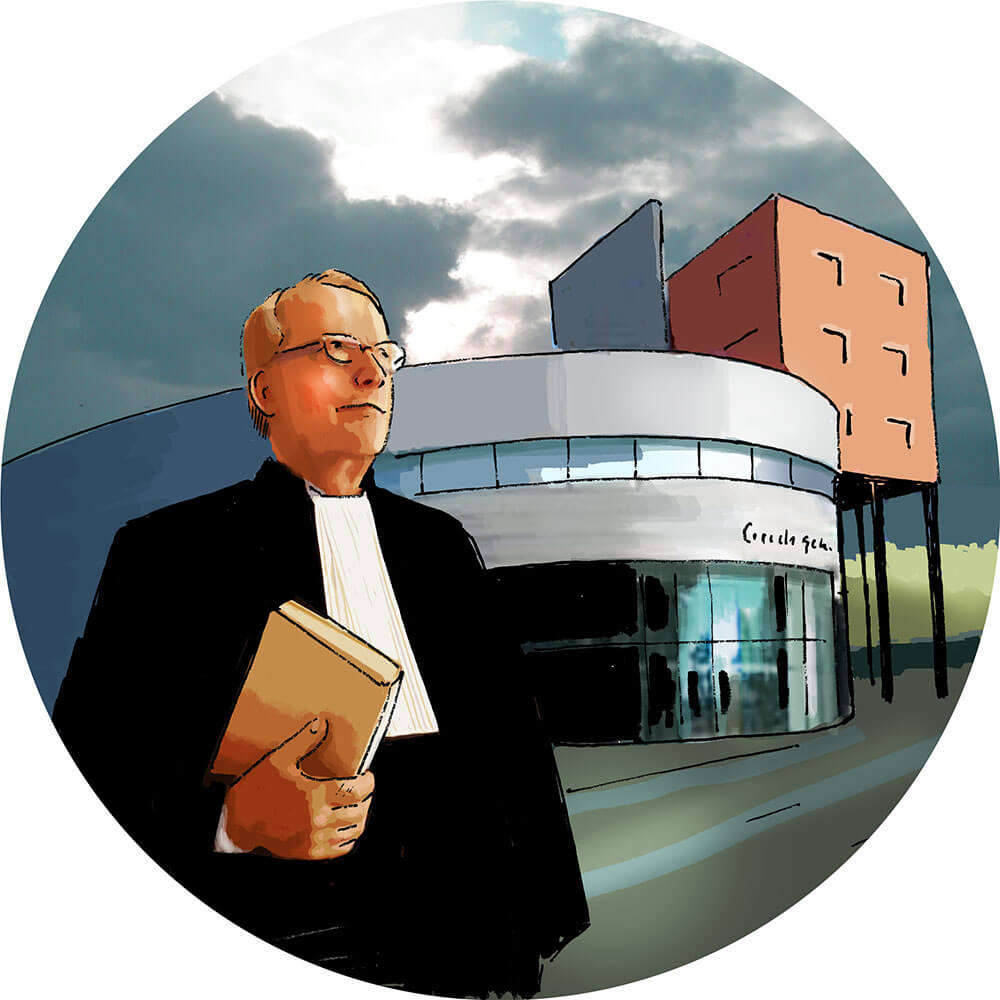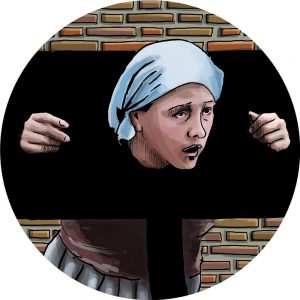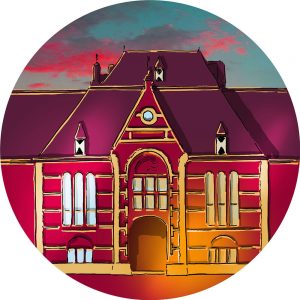For a long time our town hall also used to be a Court of Justice. The town’s administrators, bailiff and aldermen, were in control of everything, including the rule of law. This did not change until 1811 with the rule of King Lodewijk Napoleon when the executive and the legislative were separated in our country. The bailiff, nominated by the central ruler, prosecuted, was, in fact, public prosecutor and police chief at the same time. The seven aldermen constituted the court of law. Courtcases were held in public. Sentences were passed in public. When the court had passed a verdict, the sentence-doors on the first floor of the town hall were opened and the general public was told what the verdict was. Often the sentence was carried out right after. But it always had to be preceded by a full confession. If necessary, this was obtained on the rack. At the back of the town hall was the scaffold for the death penalty. The last time this was carried out was in 1816. A special civil servant was required, the executioner. One was available for the entire province, who travelled between cities. He would then take up lodgings in a local hotel for a few days. In Alkmaar this was in the Wapen van Munster, close to the Platte Stenen Brug. While awaiting the execution of the sentences he would also treat sick animals, could extract teeth or remove tumors. The general public saw him as a tradesman in life and death.
In 1892 the court of law was given its own seat in a glorious Neo-Gothic building on the Geestersingel. When that proved too small the Alkmaar architect Tauber added a newly-built part but was also forced to pull down a large part of the original building. Finally a completely new building was put up on the Kruseman van Eltenweg in 1996. Since 2013 the Alkmaar court has been an independent part of the Court of Noord-Holland, created as a result of a merger between the courts of Haarlem and Alkmaar.









